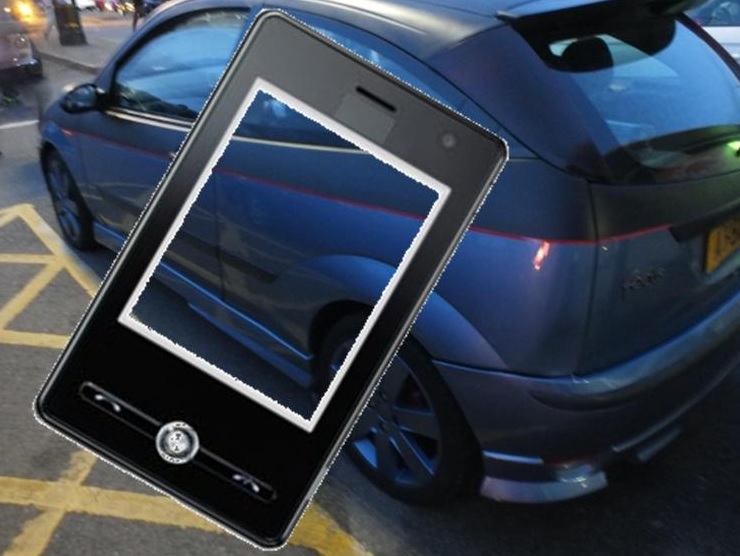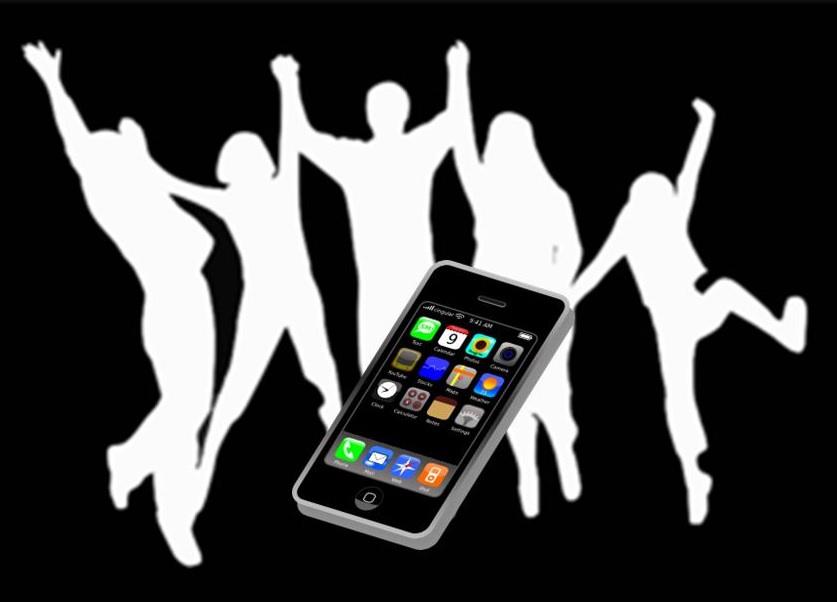A growing number of people looking for a new vehicle are turning to apps to help them buy.
If you’re going to be shopping for a car in the near future, the odds are that if you have a smartphone or a tablet, you’ll consider using a mobile commerce app to help you to make your decision.
Though consumers have been comfortable with small purchases for a while, larger ones are making headway.
Consumers are becoming increasingly comfortable in using mobile commerce to shop for smaller items such as music and ebook downloads, clothing, and tickets, the bigger ticket purchases have been a tougher go. But it has now reached the point that consumers are using their devices for so many different daily tasks, that they are feeling quite natural in picking up their smartphones and tablets in order to look into more expensive items such as cars.
This willingness to consider mobile commerce for a purchase as big as a car is a massive step in this area.
 According to the High Gear Media vice president of product management, Jeff Birkeland, “There’s this huge upheaval in terms of mobile usage and mobile behavior.” Birkeland’s publication is responsible for The Car Connection website as well as its app. He added that “People are looking to not only research cars but actually take action and connect to a dealer and do some business on mobile.”
According to the High Gear Media vice president of product management, Jeff Birkeland, “There’s this huge upheaval in terms of mobile usage and mobile behavior.” Birkeland’s publication is responsible for The Car Connection website as well as its app. He added that “People are looking to not only research cars but actually take action and connect to a dealer and do some business on mobile.”
This indicates that people are now becoming comfortable enough with mobile commerce that they’re not just using it to surf around and find out what’s out there. They’re also using their devices to locate a dealer and complete a number of other actions, from comparing models to researching prices and seeking out deals.
Often, through the use of mobile commerce apps and sites, car shoppers are heading to the dealership already completely informed about what they want and how much it will cost. They are walking onto the sales floor armed with a great deal more information and are better prepared for what is likely to be a very large and potentially emotional purchase, enhancing their overall experience.
A recent analysis has shown that different groups of people prefer different applications.
Onavo Insights has just released some of the results from a data analysis that it conducted on the use of mobile commerce and payments apps, which has helped to show how some of these digital products are doing, and who uses them the most.
There are already hundreds of millions of smartphones owned by Americans, but only a small percentage are used for mobile commerce.
Even fewer are used for payments. Mobile commerce is still primarily used for price comparisons as opposed to actually using the apps to purchase products or pay for goods while in store. This, despite massive efforts from industry giants that range from Google to PayPal, as well as telecom joint ventures like Isis.
As hard as these companies have been trying, mobile commerce and payments have yet to take off as seen in other nations.
 According to the app usage data collected by Onavo Insights, from several million Android and iOS users, there are certain trends that are forming. The company published some of those findings in a report that has indicated that mobile commerce and payments apps and their platforms have been growing in the United States over the last twelve months, despite the fact that other countries – particularly in Asia – are seeing much larger growth levels.
According to the app usage data collected by Onavo Insights, from several million Android and iOS users, there are certain trends that are forming. The company published some of those findings in a report that has indicated that mobile commerce and payments apps and their platforms have been growing in the United States over the last twelve months, despite the fact that other countries – particularly in Asia – are seeing much larger growth levels.
Although the company does not claim that this provides a complete image of the mobile commerce situation in the country, it does help to provide a sense of how the apps are being used across the United States.
Among the notable findings about the mobile commerce apps includes the following:
• Starbucks is by far the clear leader when it comes to mobile commerce apps as it is used the most out of any payments app but it is also used for the free download of songs and apps, to locate shop locations and to view the menus at those cafes.
• As slow as the uptake may have been in the U.S., it is happening and millions of dollars in transactions are being completed through mobile payments apps. That said, among the estimated $500 million in transactions over mobile commerce apps last year in the United States, the “vast majority” occurred by way of the Starbucks offerings. This according to Berg Insights data.
• Venmo is starting to show a strong growth even though it remains a small product, as this mobile commerce app’s young audience doubled its use in June. Its primary use is in a much younger crowd, which is different from Starbucks and PayPal where the average age is 25 to 34.
• Men use mobile payments more as a whole, but the mobile commerce app at Starbucks was an exception, where women made up 54 percent of users. The lowest percentage of females was at Square Wallet, at 21 percent.
 According to the High Gear Media vice president of product management, Jeff Birkeland, “There’s this huge upheaval in terms of mobile usage and mobile behavior.” Birkeland’s publication is responsible for The Car Connection website as well as its app. He added that “People are looking to not only research cars but actually take action and connect to a dealer and do some business on mobile.”
According to the High Gear Media vice president of product management, Jeff Birkeland, “There’s this huge upheaval in terms of mobile usage and mobile behavior.” Birkeland’s publication is responsible for The Car Connection website as well as its app. He added that “People are looking to not only research cars but actually take action and connect to a dealer and do some business on mobile.”
 According to the app usage data collected by Onavo Insights, from several million Android and iOS users, there are certain trends that are forming. The company published some of those findings in a report that has indicated that mobile commerce and payments apps and their platforms have been growing in the United States over the last twelve months, despite the fact that other countries – particularly in Asia – are seeing much larger growth levels.
According to the app usage data collected by Onavo Insights, from several million Android and iOS users, there are certain trends that are forming. The company published some of those findings in a report that has indicated that mobile commerce and payments apps and their platforms have been growing in the United States over the last twelve months, despite the fact that other countries – particularly in Asia – are seeing much larger growth levels.